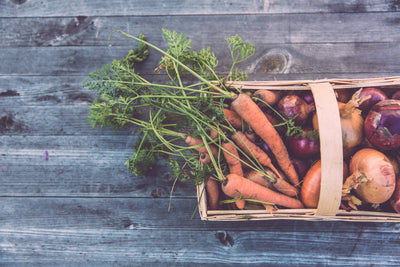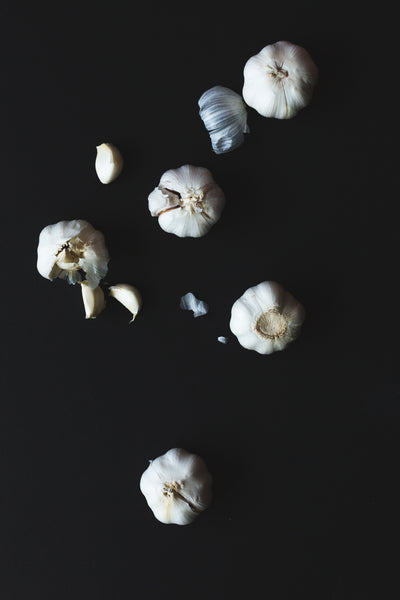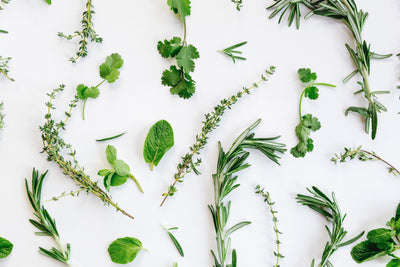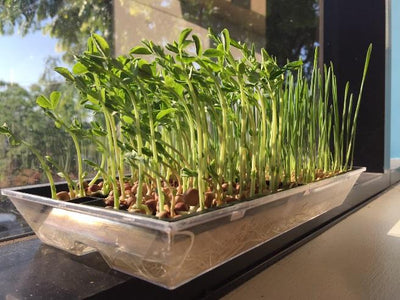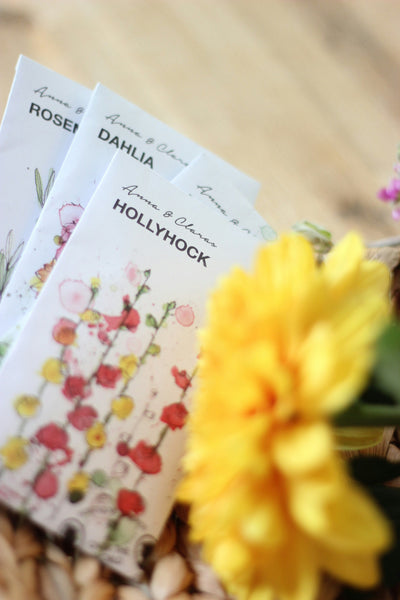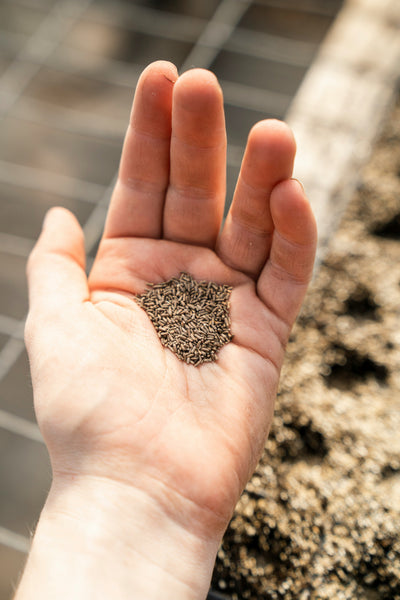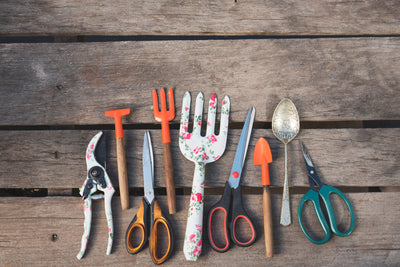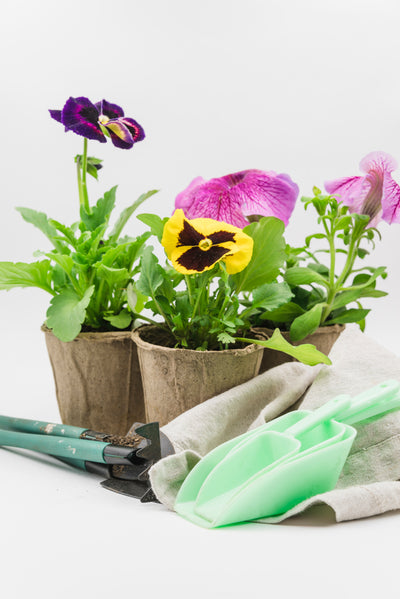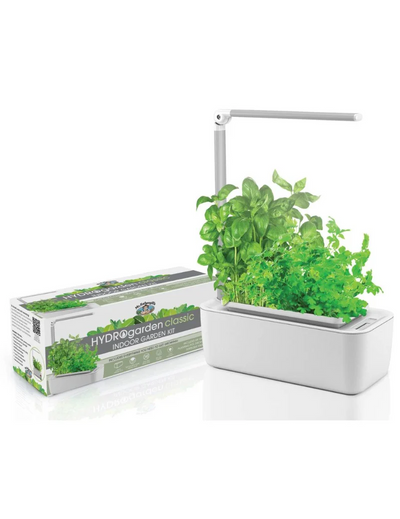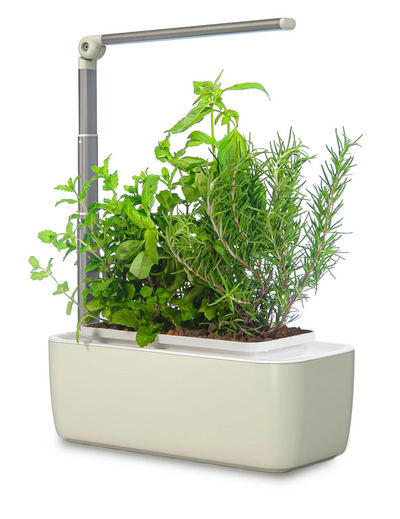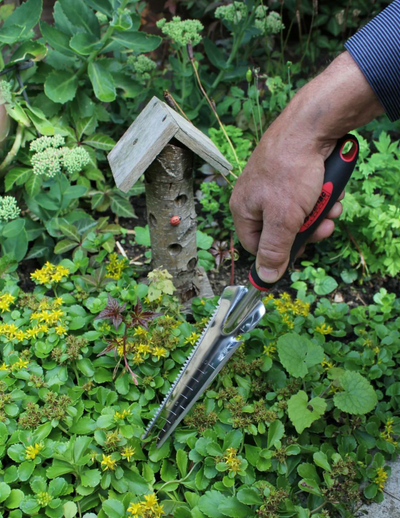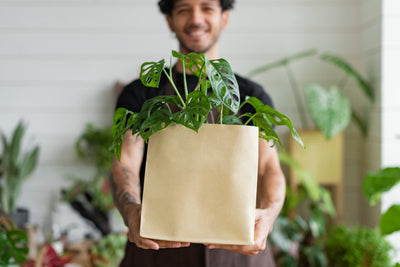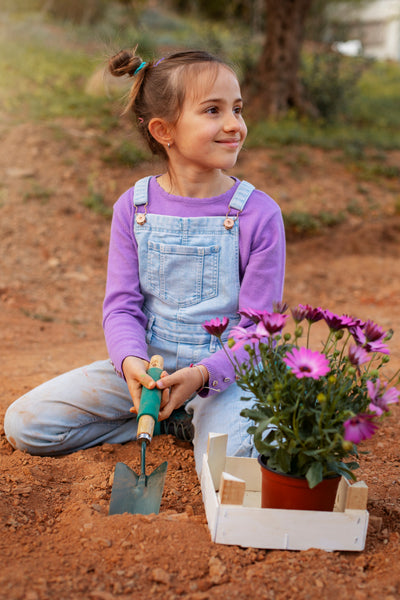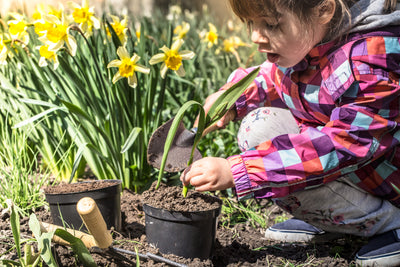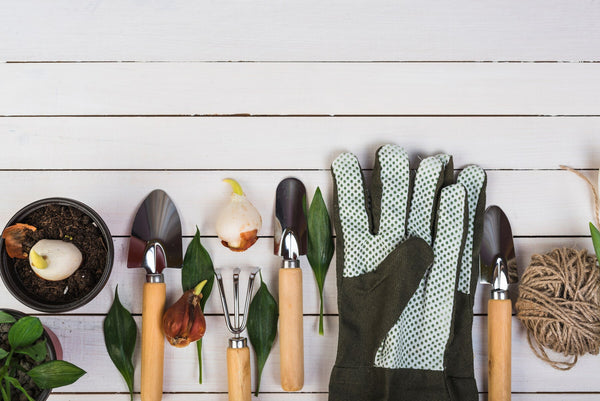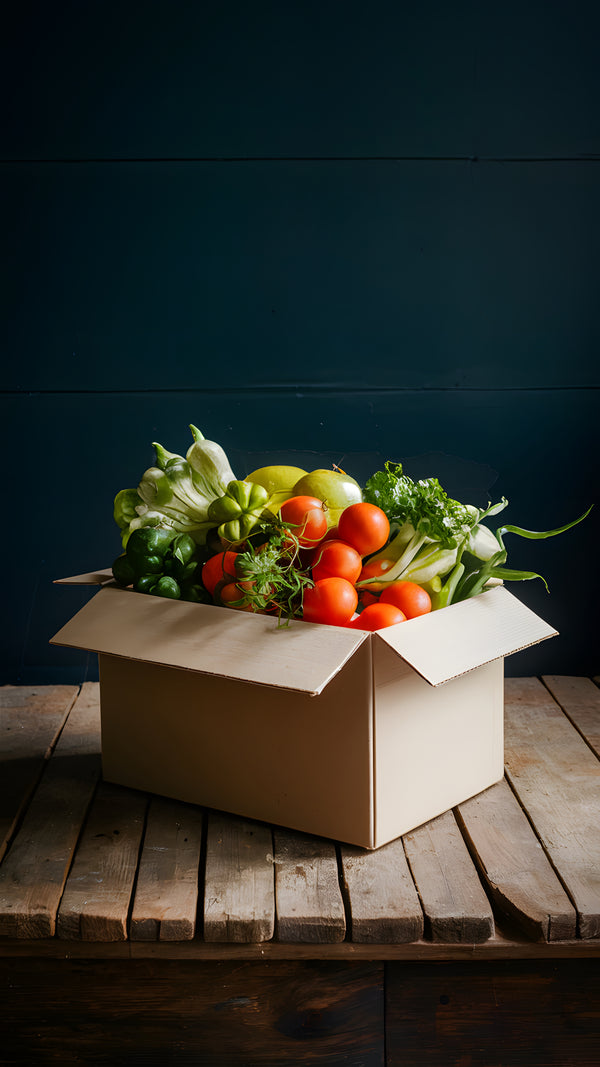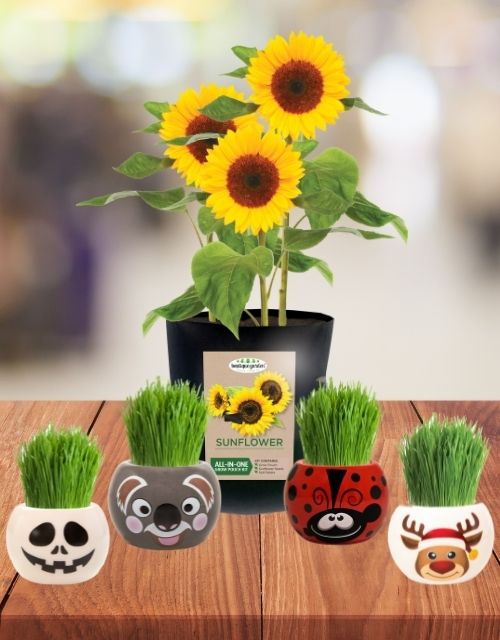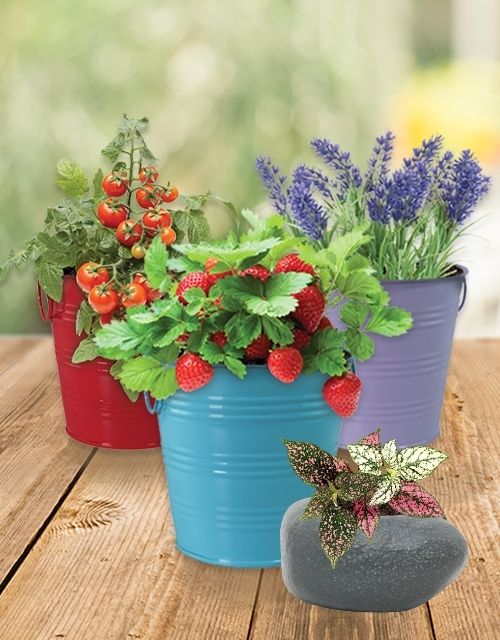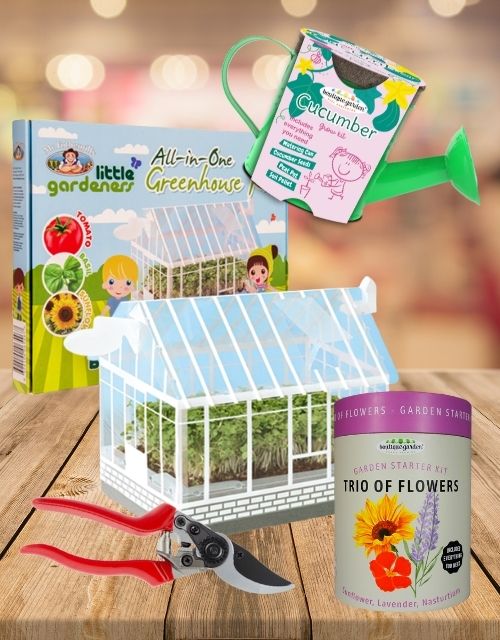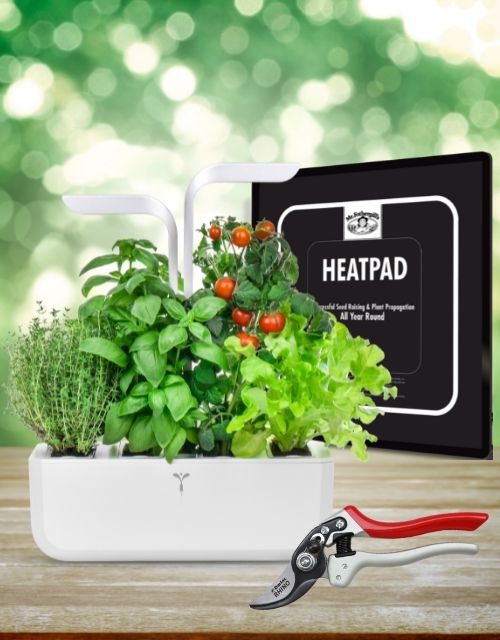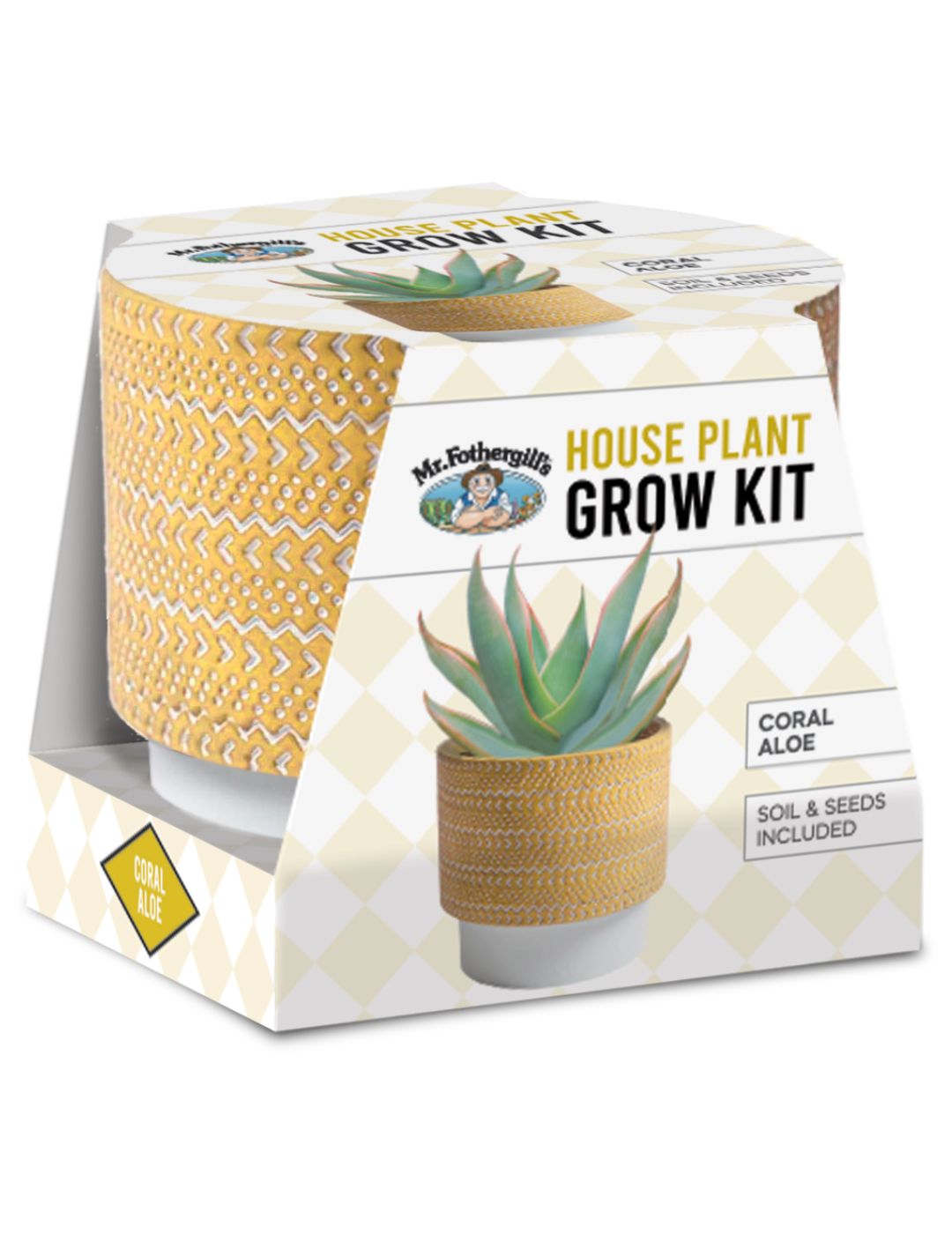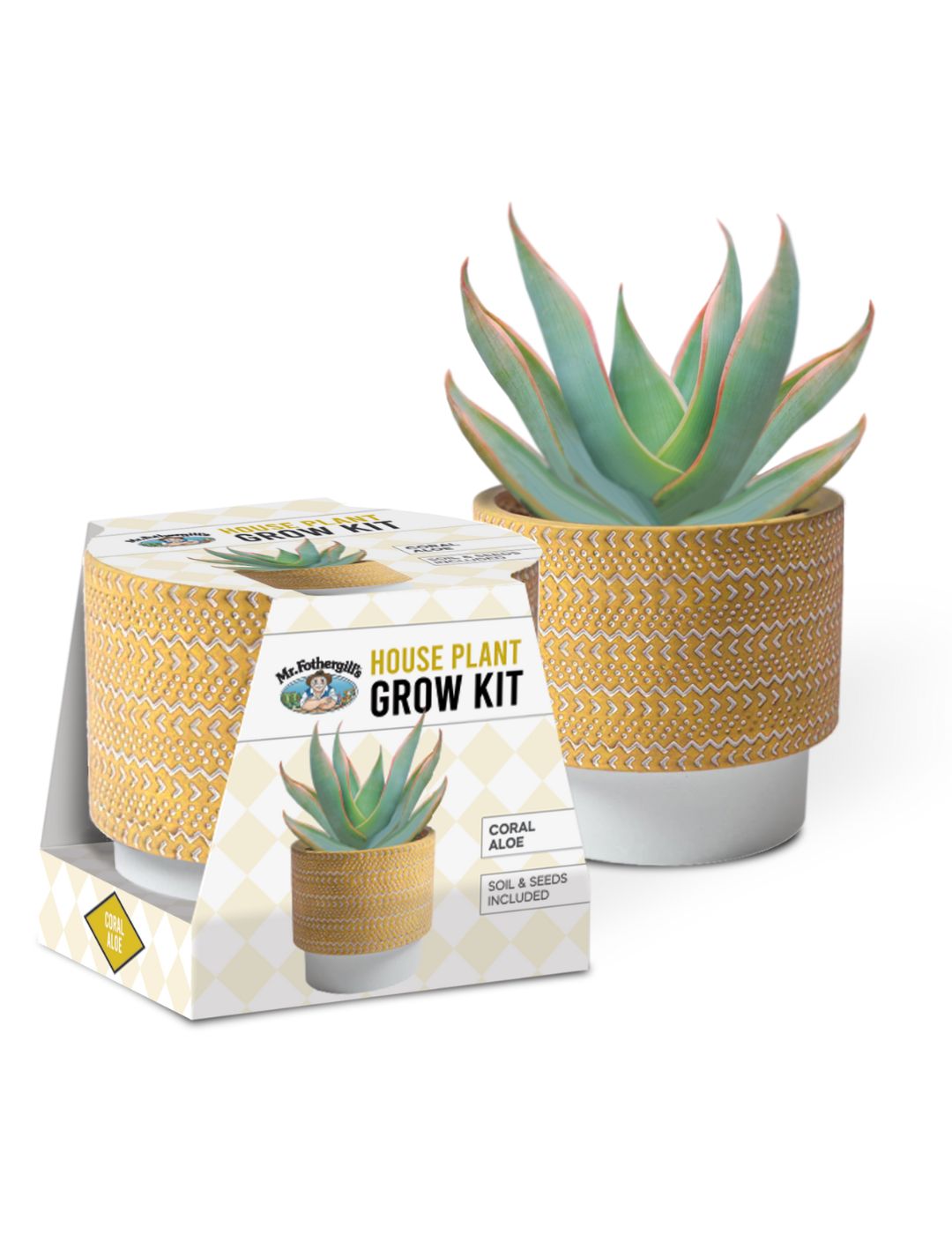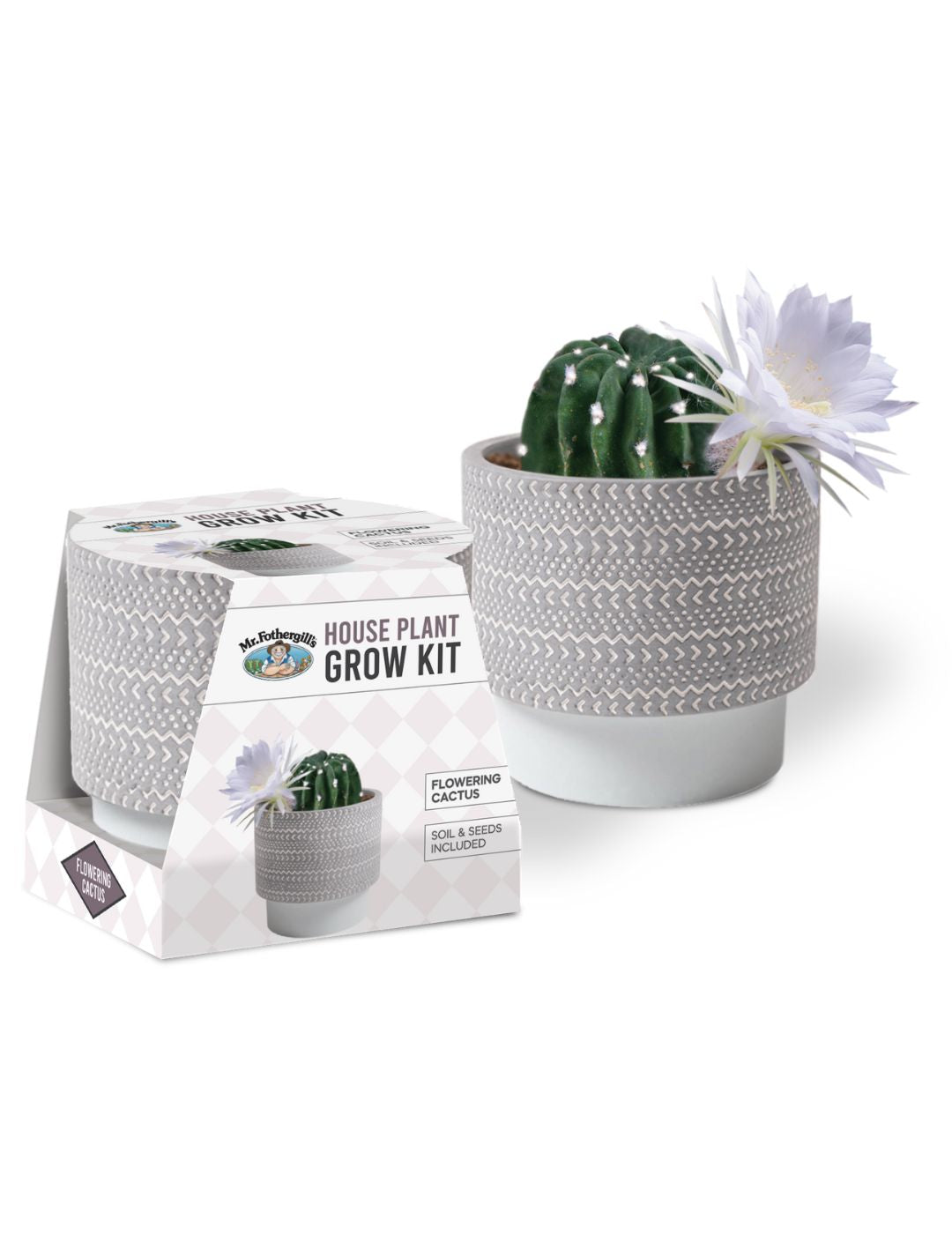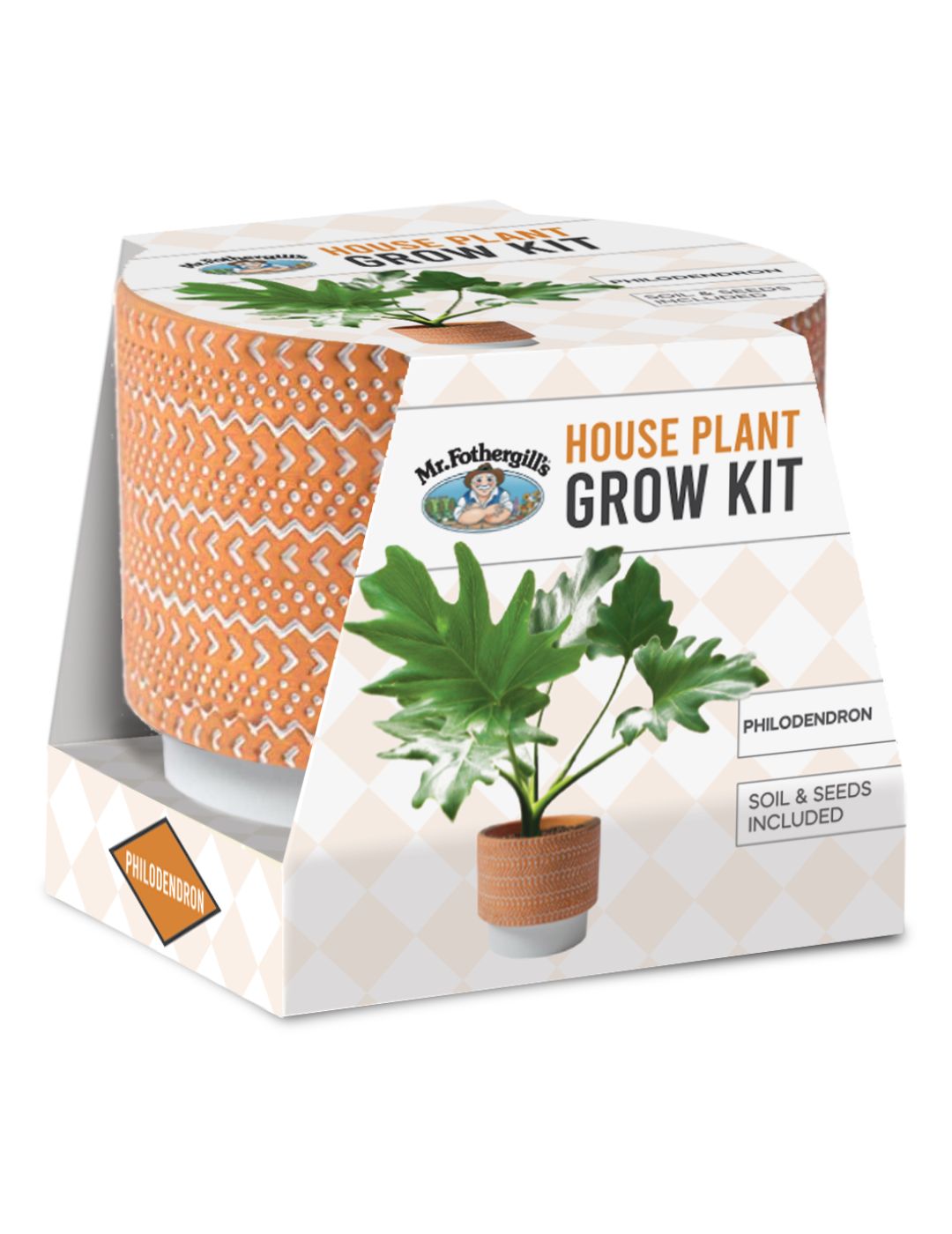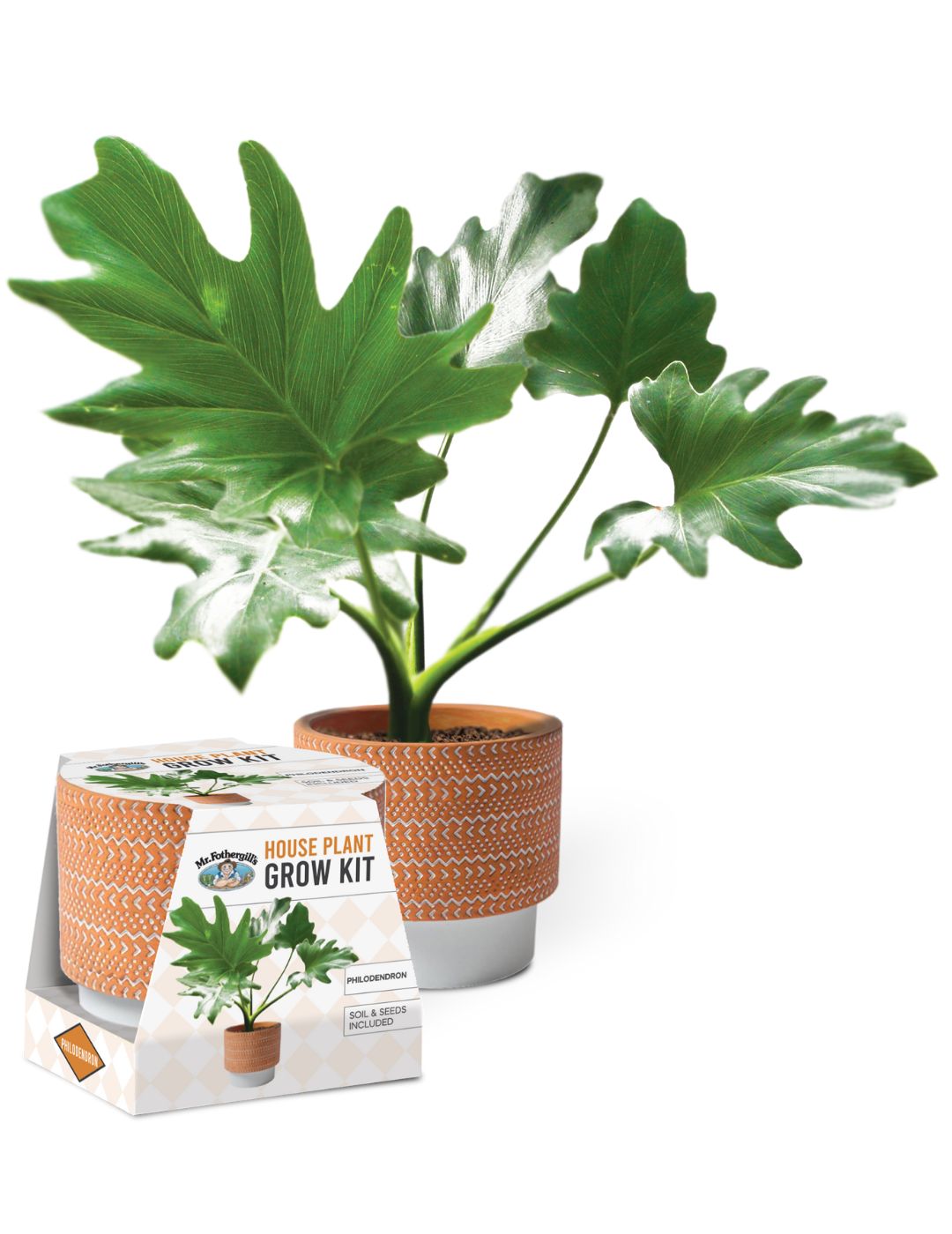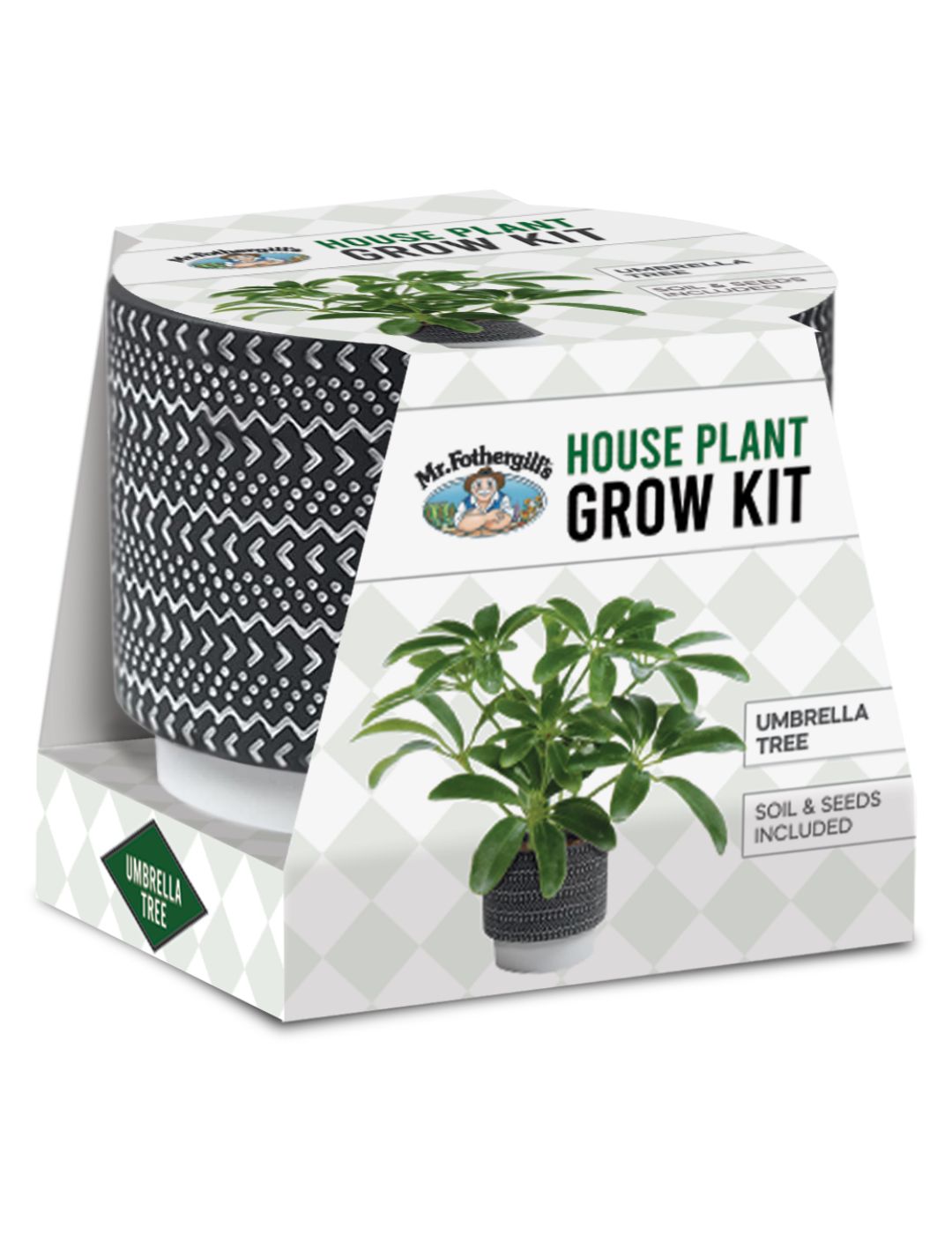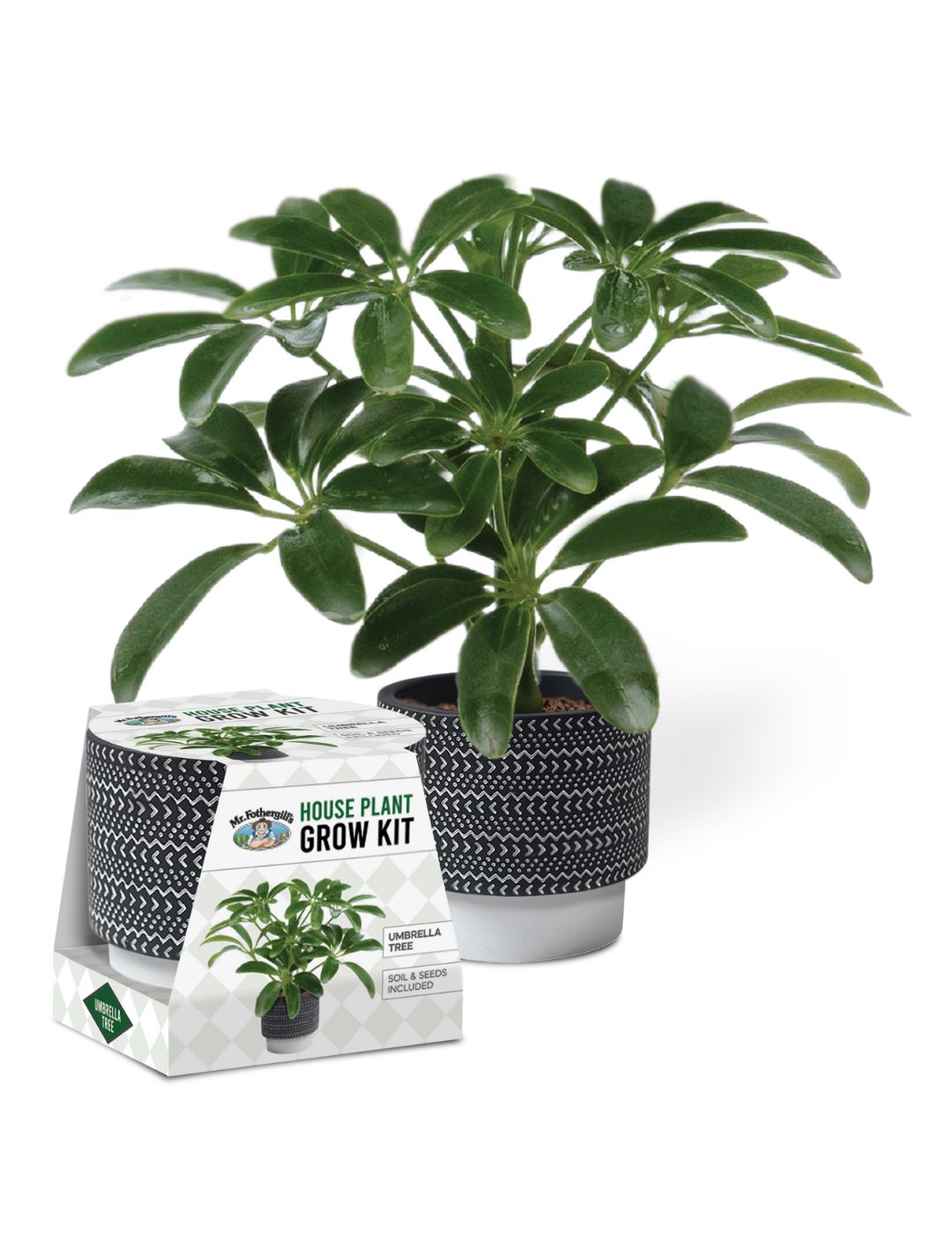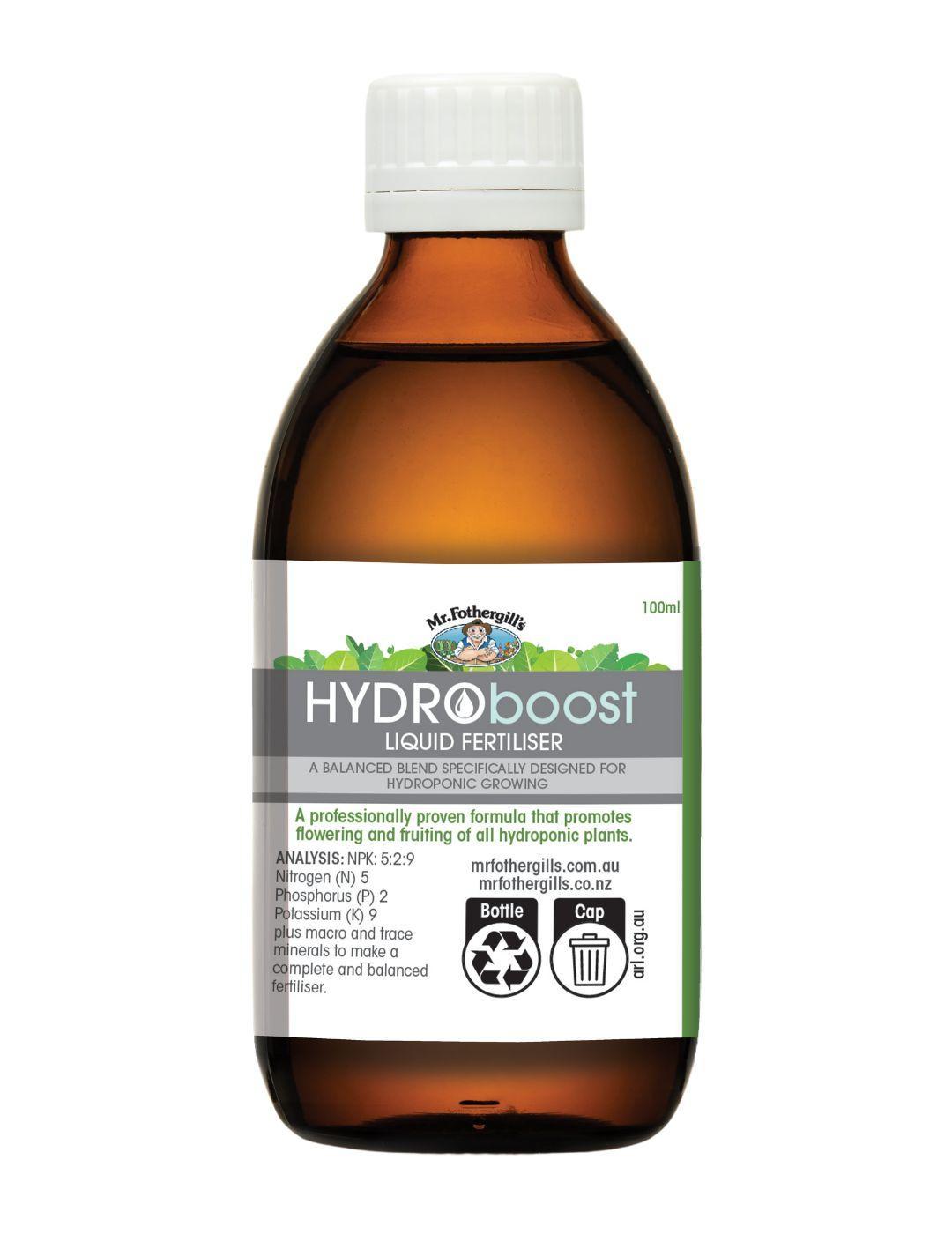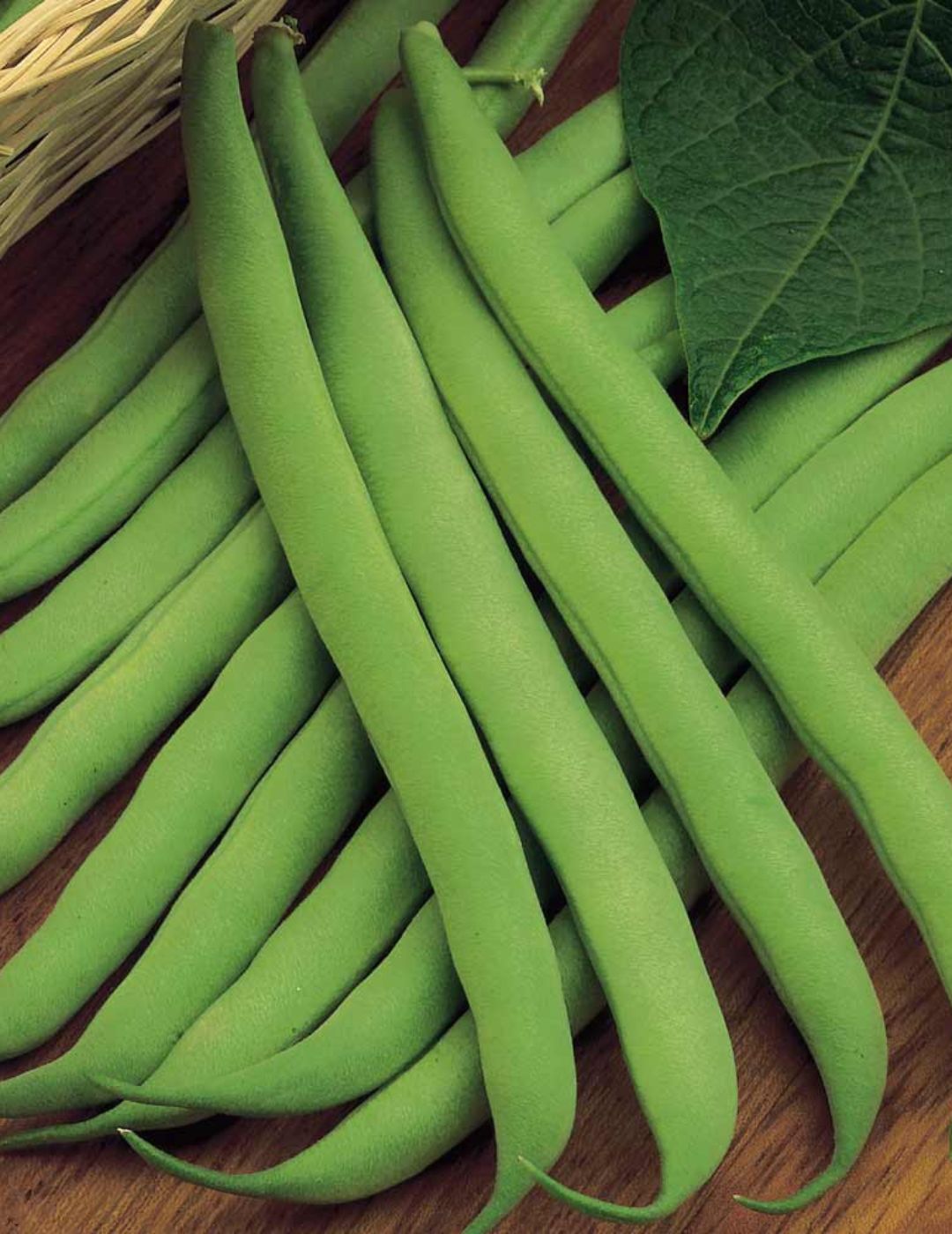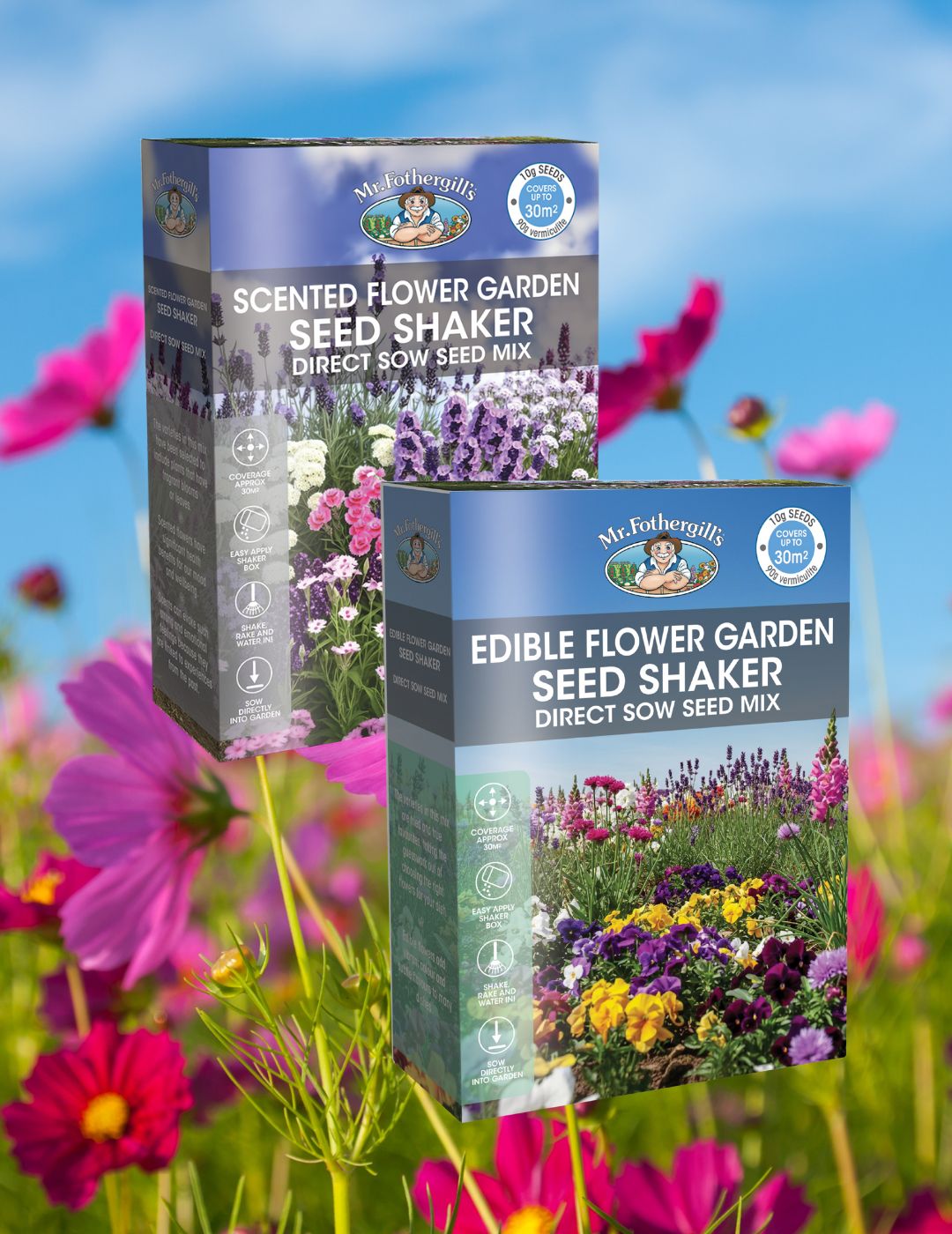
You'll be happy to know you don't have to have the greenest thumb in the world to keep your indoor plants alive and thriving. Our top 7 tips will help you give your plants the right amount of TLC where you'll be reaping the benefits in no time!
1. To water or not to water...
One of the most common killers of indoor plants is over watering. A good way to tell if your plant needs water is to simply pop your index finger into the soil up to the first joint. If the soil is damp then no need to water it this time. For hydrophobic soils adding a wetting agent will help break the surface tension allowing water to soak in. Pot plants that have become hydrophobic often feel very light after watering and drain very fast as the water runs down the inside of the pot rather than absorbing into the medium.
2. Do I look good in this light?
Correct lighting is essential for growing indoor plants. Some require full sun whereas others don’t need much at all. A general rule of thumb is that the lighting where you position your plant needs to be bright enough to read a book. Plants will start to grow towards the direction of the sun/light so if you notice your plant growing more to one side then rotate the pot.
3. Drainage
Drainage is often neglected when growing indoor plants. You may think having holes in the bottom of your pot is good enough but really that's just the start. Adding rocks or drainage material to the bottom of your pot before adding soil is ideal. Keep in mind that most plants prefer wet feet and dry ankles.
4. Just a little bit of warmth can go a long way
Some indoor plants require a little humidity to strive. The water that is applied to the soil helps strengthen the roots and stems, the leaves may require a little spray of water every day or two. By grouping plants together you will be able to create a microclimate that they will all benefit from.
6. Re-Potting
For optimum growth some plants require re-potting whereas others dislike having their roots disturbed. To find out if your plants need re-potting, turn upside down and tap lightly on the base to release the plant. If the roots are the only visable thing then it's time to move your plant to a larger pot.
7. Fertilising
Last but not least. fertilising! Your indoor plants still require fertilising but not as much as you would apply to plants outside. To maintain a healthy growth you can apply a slow release fertiliser roughly every 4-6 months. Alternatively you can use a liquid fertiliser every fortnight.
And that's it! Mr Fothergill's top 7 tips to growing and maintaining your indoor plants. Happy Gardening!
Are you the new proud parent of a Mr Fothergill's House Plant Grow Kit? Then read on for special growing tips to help with your new baby!
How To Germinate Your House Plant Grow Kit Seeds
Start growing your Mr Fothergill’s House Plant with the supplied soil pellet and pot. Follow the easy to grow instructions to hydrate your soil pellet and sow your seeds, ensuring they stay moist and warm until germination.
A steady soil temperature of around 20°c is ideal for your house plant seeds to germinate. To maintain this temperature, particularly in cooler climates, you may find the use of a heatpad underneath the pots is required. You can keep in the warmth and moisture by covering the top of the pot with some cling film during this time or placing the pot inside of a mini greenhouse. Varieties such as the philodendron or umbrella tree will enjoy this extra bit of humidity that is provided during germination.
Germination times will vary depending on environmental conditions, it can take as little as a couple weeks up to even 8 when it comes to house plants. This is why it is important to check over your pot each day.
Use a spray bottle to lightly mist the pots when the soil appears to turn a lighter brown – indicating that the soil needs a light watering. You do not want to over water these pots as waterlogging the soil will cause the seeds to rot away.
Repotting Tips For Your House Plant Grow Kit
Over time when your houseplant has grown you may decide it’s time to give them a larger pot. This will ensure that they can continue to thrive and spread out their roots. When you have reached this stage follow the below tips.
When sizing up your house plants into a larger pot opt for ones with drainage holes as larger plants in big pots of soil can be prone to rot. Ensure the pot is the correct size, as too large of a pot too soon can also lead to rot. It should comfortably fit all the roots in with a couple of centimetres around the sides and bottom for the plant to grow into.
How To Grow Tips for Umbrella Tree and Philodendron
Umbrella Tree - Schefflera arboricola pittmans pride
Philodendron - Philodendron selloum compacta
- Ensure plants have access to steady moisture but do not become waterlogged. A free draining high quality indoor potting mix is needed when your plants are larger and have outgrown their original pots.
- If you cannot find a suitable potting mixture, try adding fine perlite into a standard mix to increase the airflow and drainage.
- Monitor for fungus gnats as this can be an indication of poor drainage or overwatering.
How To Grow Tips for Coral Aloe and White Flowering Cactus
Coral Aloe - Aloe striata
White Flowering Cactus - Echinopsis denudatum
- When repotting your cacti and succulent into their larger home consider a shallower pot than your tropical varieties. The roots are not quite as extensive, and they will enjoy more drainage rather than lots of wet potting mix sitting underneath them.
- Use a cacti/succulent specific potting mix when potting up into their larger pots. This is free draining and will ensure your plants do not stay too moist, as this can lead to rot.
- Try lining the bottom of pots with small gravel or pebbles to increase drainage and even mix some coarse sand into their soil mix.
Additional Growing Tips For Your Indoor House Plant Grow Kit
Follow along below for some more handy hints that will ensure you have set up your new house plants for success- as each variety will have their own preferences.
Caring For Your Umbrella Tree & Philodendron
- Try placing in a bright room but away from the edge of the window where the direct hot sun can burn their leaves.
- The leaves enjoy regular dusting with a wet cloth or you can even hose them off with cool water in the shower to refresh them.
- As tropical/subtropical varieties they love warm and humid environments. Misting the leaves often can be beneficial in increasing humidity.
- Avoid placing near cold drafty areas near doorways or next to heat sources in winter such as fireplaces or heaters – this will dry them out.
- Fertilise regularly to promote fresh healthy leaf growth. Use a liquid feed fortnightly or as directed.
- Monitor the leaves top and bottom often for signs of pests such as spider mites, scale & aphids. Set up sticky traps to catch any pests in the act and treat accordingly.
Caring For Your Coral Aloe and White Flowering Cactus
- These varieties will tolerate more sunlight than larger leaved tropical indoor plants as they thrive in harsher environments. Ensure they are in a well-lit room.
- Opt for a cacti/succulent specific slow release fertiliser to feed your plants. This will provide small amounts of nutrition over time for strong, steady growth.
- Keep away from cold drafty areas near doorways or next to heat sources in winter such as fireplaces or heaters.
- Allow pots to completely dry between waterings – it does not need to stay moist all the time as this can lead to root rot.
- These varieties lay more dormant during the cooler months so you will find they need less water and fertilising during this time.
- Wear gloves when handling the cactus or transplant using tongs to protect your hands from the small spikes.
We're Here To Help
Please contact us if you have any questions, or require further growing advice from one of our qualified horticulturalists.

